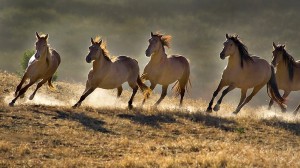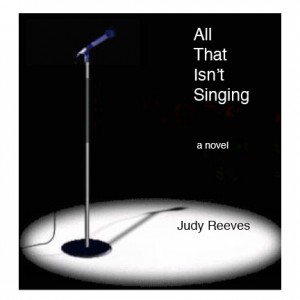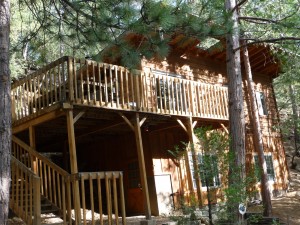The characters in my novel take a road trip from Kansas City to San Francisco. We (the characters and I) were all doing fine cruising through the wheat fields of Kansas heading toward Denver. I’ve driven that part of the country a few times so when my characters looked out the window, I could describe the landscape—the wheat fields in early spring, the far horizon, the silver silos that rose into delft blue skies. But once we left Denver and got through the Rocky Mountains past Steamboat Springs, I was in deep writer trouble.
I might as well have taken us to Czechoslovakia. (That country still existed in 1958, when my novel is set.) I had no idea what the world outside our station wagon looked like. So I opened my browser to Google maps and found my way onto Highway 40 in northern Colorado. In the “photos” view I clicked randomly on the pop up pictures that lined the yellow stripe of highway into Utah. Now I could describe the rise of the buttes out of dun colored earth, the weathered gray of old barns, the flight of a single hawk into a dome of sky that had no beginning or end.
 But it was the particular photograph of a herd of wild horses running into the wind that gave me an image I could use to express the emotional landscape of my characters on their journey. I downloaded that photograph, printed a copy and stuck it on my bulletin board above my writing desk.
But it was the particular photograph of a herd of wild horses running into the wind that gave me an image I could use to express the emotional landscape of my characters on their journey. I downloaded that photograph, printed a copy and stuck it on my bulletin board above my writing desk.
The photo of the wild horses wasn’t the first nor the only time I’ve used images to enhance or inspire my writing. A postcard I picked up at a café in Cannon Beach, Oregon featured the photograph of a guy in a band who became the model for one of my characters (the very handsome, very sexy love interest. Oh, those cheekbones!). A moody picture of a single microphone captured in a pool of light communicated a shade in the palette of emotions I needed for my protagonist—a young girl who yearns to be a singer. A collage I created with images culled from magazines was an “open sesame” into the woman who owned the fishing camp where part of the story takes place.
Images such as these speak to some intuitive understanding we have about our story or our characters. They allow us to explore characters or setting or offer insight into conflict or relationships. Sometimes they just do that “picture’s worth a thousand words” thing like my Google map photos .
I’m looking forward to the “Creating with Pictures and Words” retreat Jill Hall and I are leading this Saturday at her ranch in San Diego’s backcountry. Who knows what I’ll discover flipping through magazines looking for images that call out from the page. Who knows what will be revealed through the follow-up writing exercises. I love the surprises, don’t you?
Do you use images to enhance your writing or to delve deeper into your story or characters?



